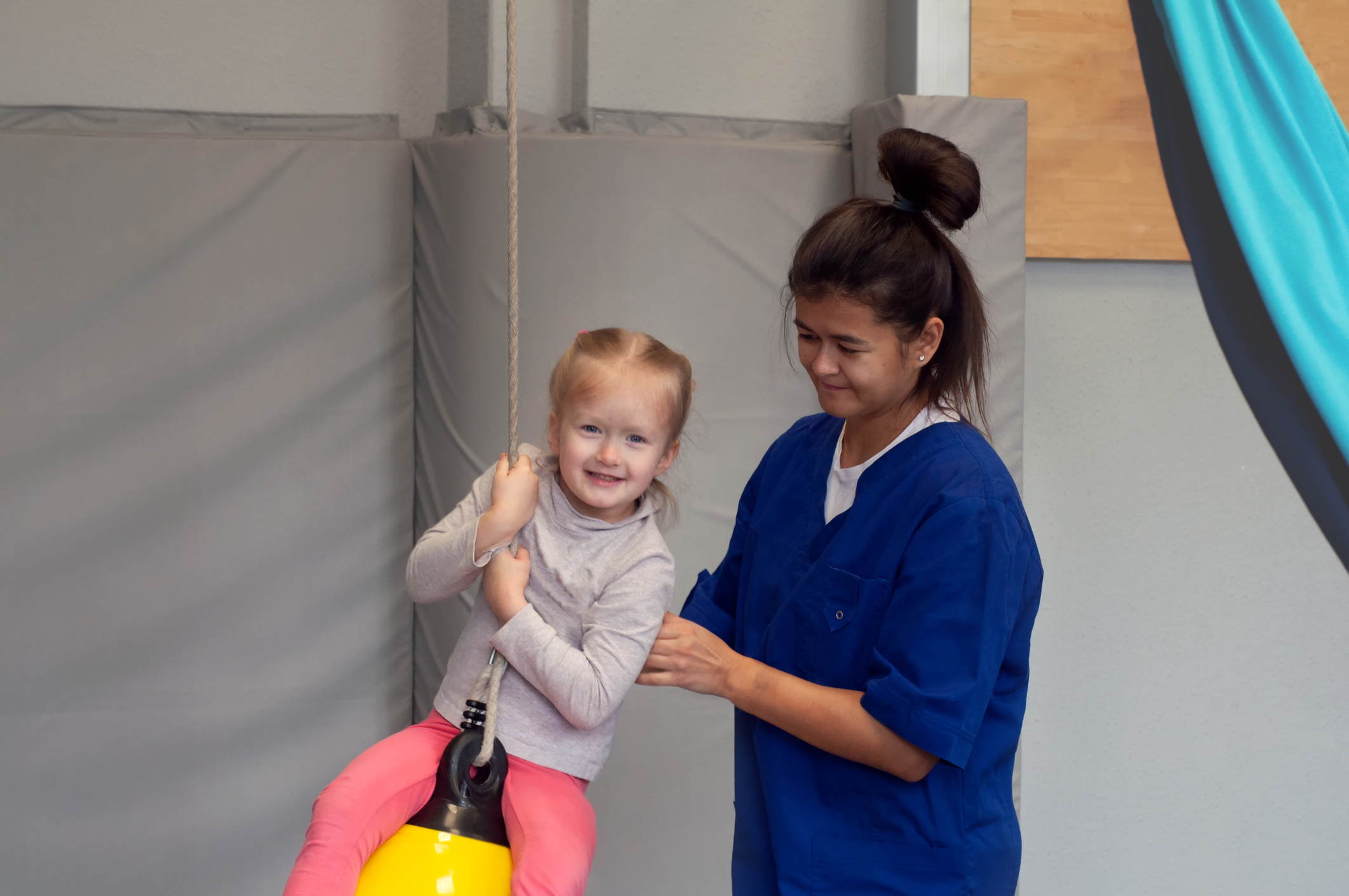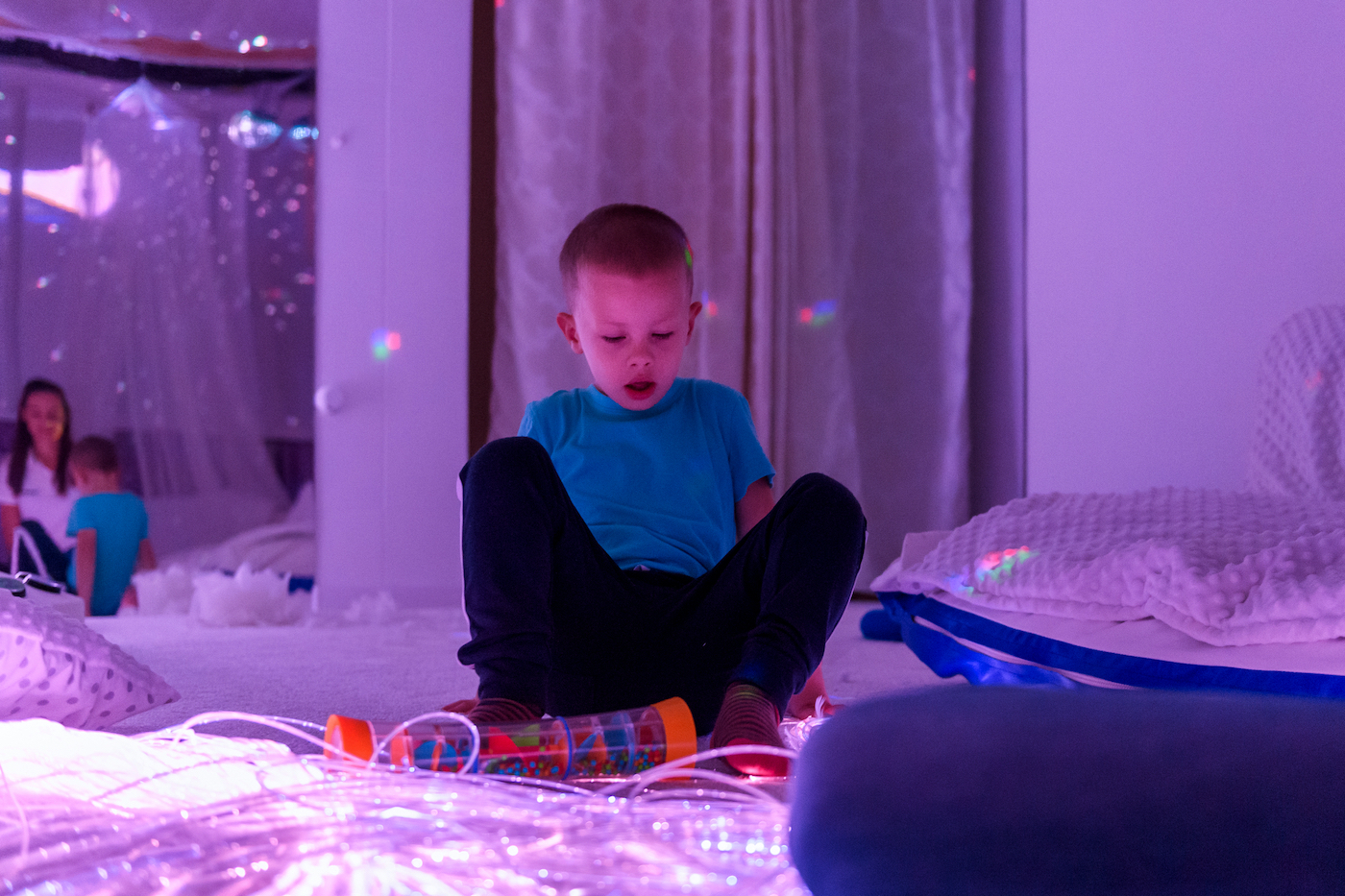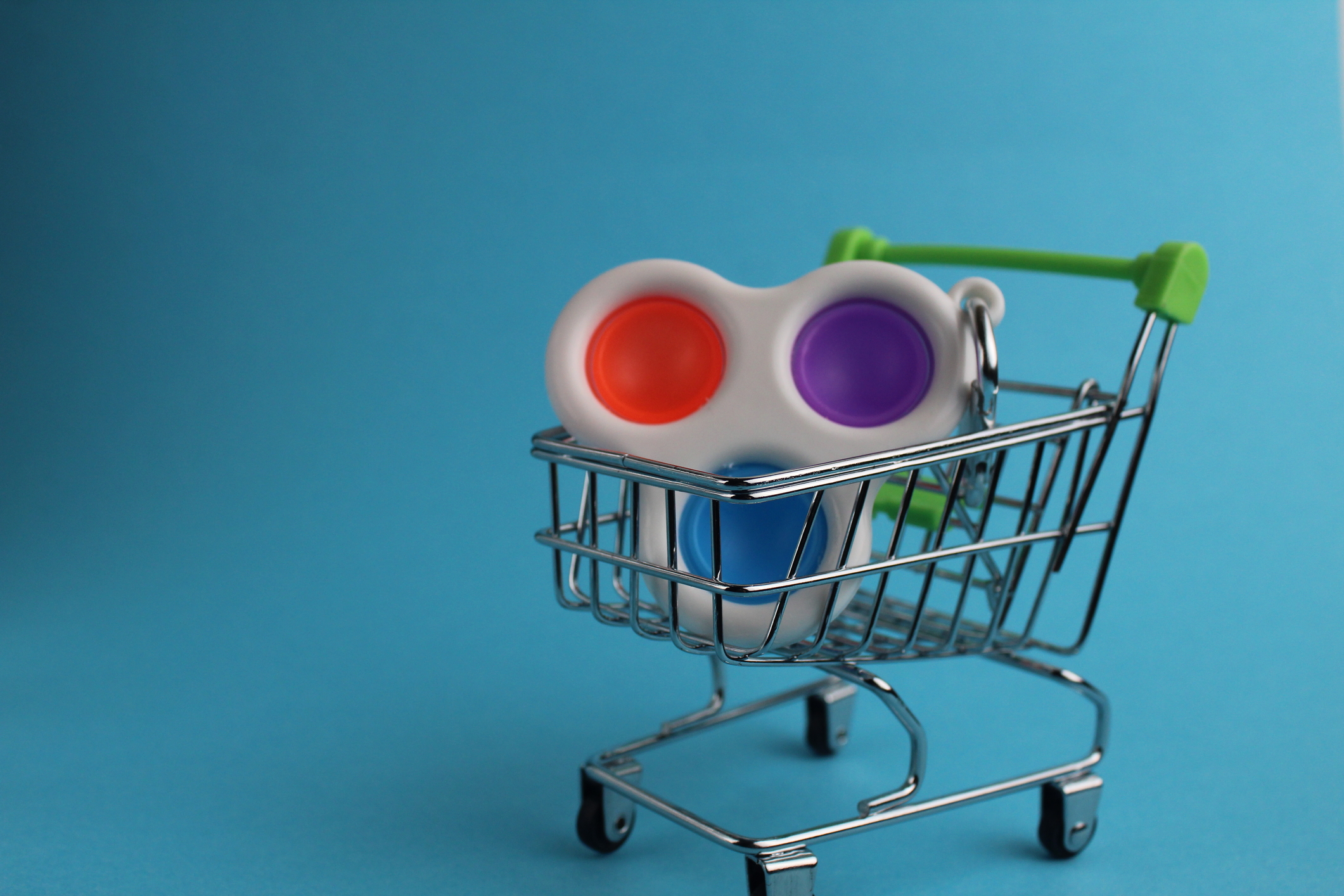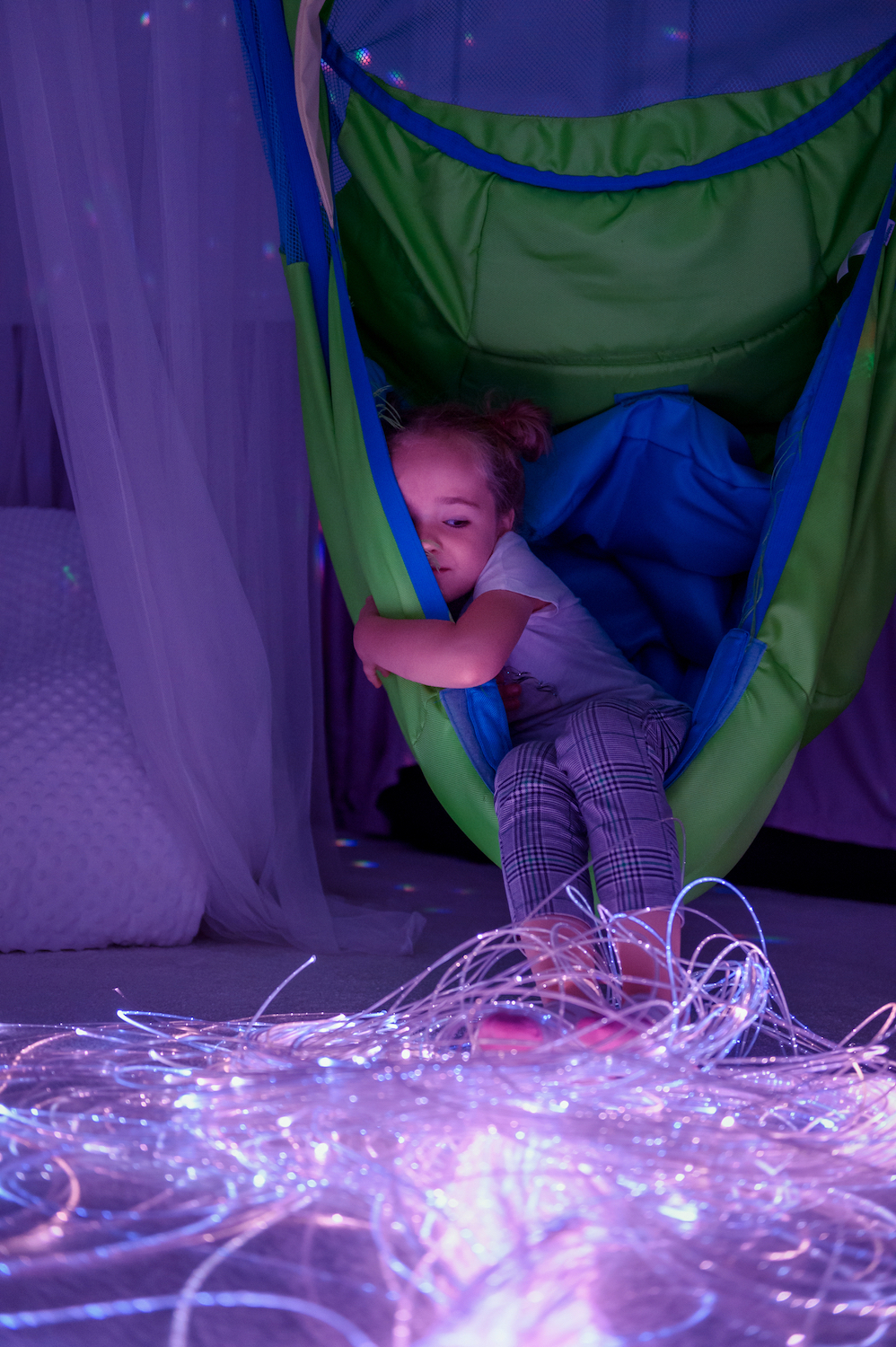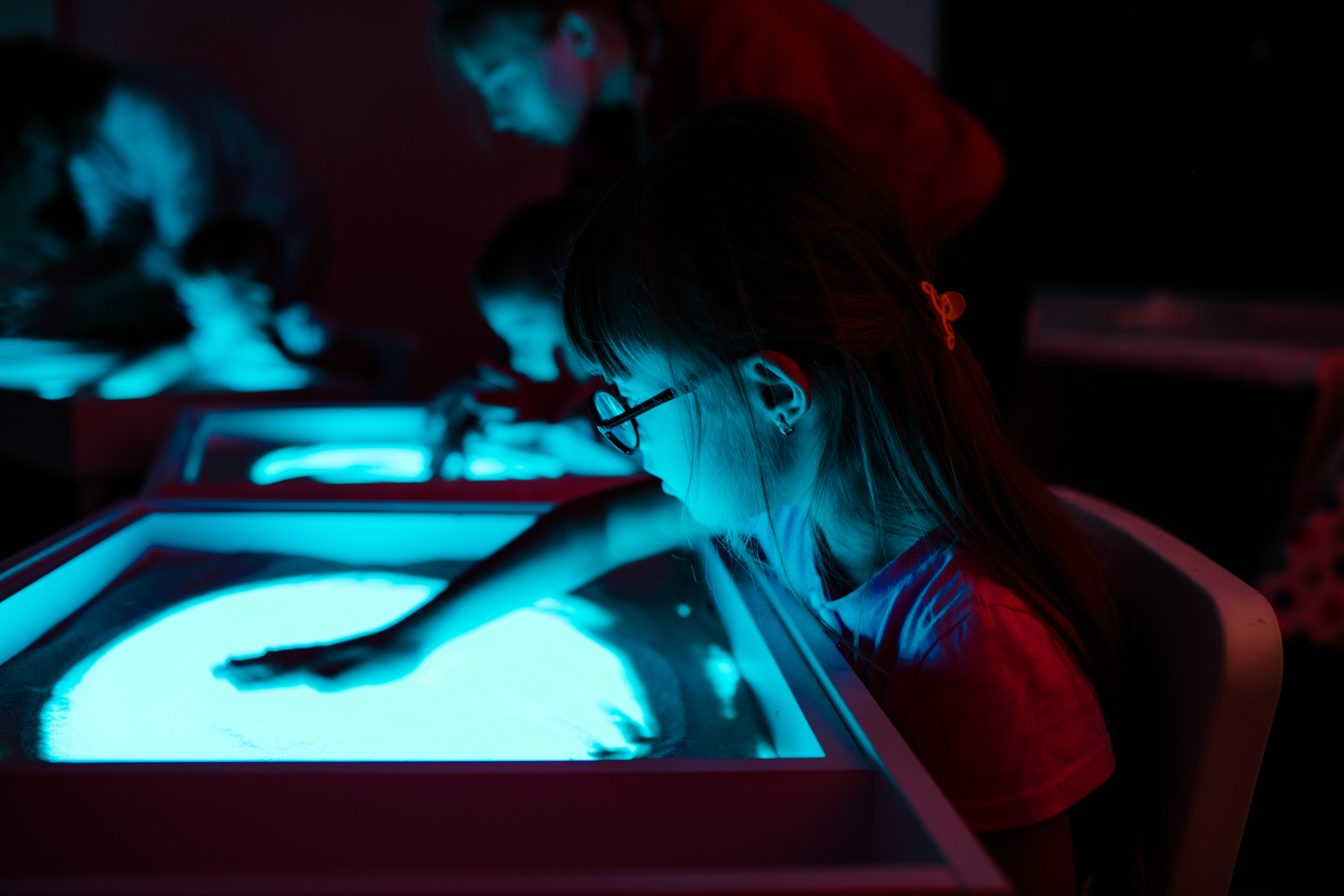Sensory rooms are great resources for schools, hospitals, private residences, and more. They offer a safe environment to decompress, explore, and play for people of all ages and neurotypes. When we design a sensory room, we consider the demographic and objectives of the users, then choose a variety of sensory equipment to help complement those needs. In this week’s article, we would like to explore three major objectives that our sensory room equipment is designed to support.
Safety & Security
Whether a sensory room is going to be used to de-escalate or stimulate, safety is of the utmost concern. This is for two reasons. For one, in a therapeutic setting, nothing can be accomplished if the patient does not feel safe and secure. Secondly, users and facilitators should both feel safe using the room, knowing that the room is designed to reduce the risk of self-harm or harming others. Here are two examples of equipment made to keep sensory rooms safe:
- Safety Wall Padding. Meltdowns and even the need for vestibular stimulation can cause some people with sensory processing disorder to cause harm to themselves or others using hard surfaces like walls. The softness of wall padding ensures that they will not hurt themselves by doing so.
- Crash Mat. This foam-filled cushion gives sensory room users a safe spot to land as they play, climb, and swing their way through the space.
Calming & Ambient
Sensory rooms are also referred to as “calming” rooms. A large part of their use is to de-escalate and relax participants. Ambient lighting, comfortable furniture, and calming sounds are all used in conjunction to meet these goals. Some products used for this are:
- Dakota Lounger. Sitting up straight in a chair doesn’t usually inspire relaxation. This unique piece of furniture is a full foam vinyl upholstered semi reclining lounger. Users can rest back comfortably with their legs slightly raised. Imagine lounging on a beach chair, but there’s no risk of sunburn here!
- Bubble Tubes. These softly lit tubes act as a calming visual distraction for sensory seekers. The lack of harsh light means that users can stare at the floating bubbles safely for as long as they like.
- Cantilever Swing. For those who find peace in rocking motions, these sturdy swings fill that need. Depending on the shape of the swing, it may also enclose the user, helping them feel supported like a great, big hug. Weighted vests and blankets are also great for this.
Interactive & Stimulating
The equipment in this category is what some may consider the “fun” part of sensory rooms! As humans, we learn through our senses. Having a sensory processing disorder can impede our ability to interact with the world around us. In these cases, exploration and play can be done in sensory rooms at the participant’s own pace and comfort level. The more a person exercises their sensory “muscles”, the stronger they become and the more likely they will be able to use the skills they have learned outside of the sensory room.
- Interactive Floor Projector. Imagine a large iPad covering the entire floor that you can play games with by simply touching. That’s what these projectors are like. You can walk, dance, touch, and move along the floor to interact with different games and environments.
- Art Wall. At first glance, this may seem like a simple dry-erase board. However, our art walls utilize fluorescent markers. Under UV blacklights, your drawings come to life, offering a fun and accessible way for users to practice fine motor skills and create beautiful art.
- Marble Panel. These innovative panels stimulate your visual, audible, and tactile senses through an LED-backlit unit filled with marbles. Massaging the marbles causes them to bang and brush against each other. These audible signals then feed into a mic system which tells the LEDs to change colour.
There are hundreds of different models and styles of equipment on the market and produced in our own facility designed to fit into sensory rooms. The lists above are in no way exhaustive, but they can give you a good idea of some of the popular products we love to integrate into our rooms. If you want to experience the benefits of these special spaces, either with a dedicated room or a few well-placed pieces of sensory room equipment, contact our team today to discuss your options. We look forward to working with you!


